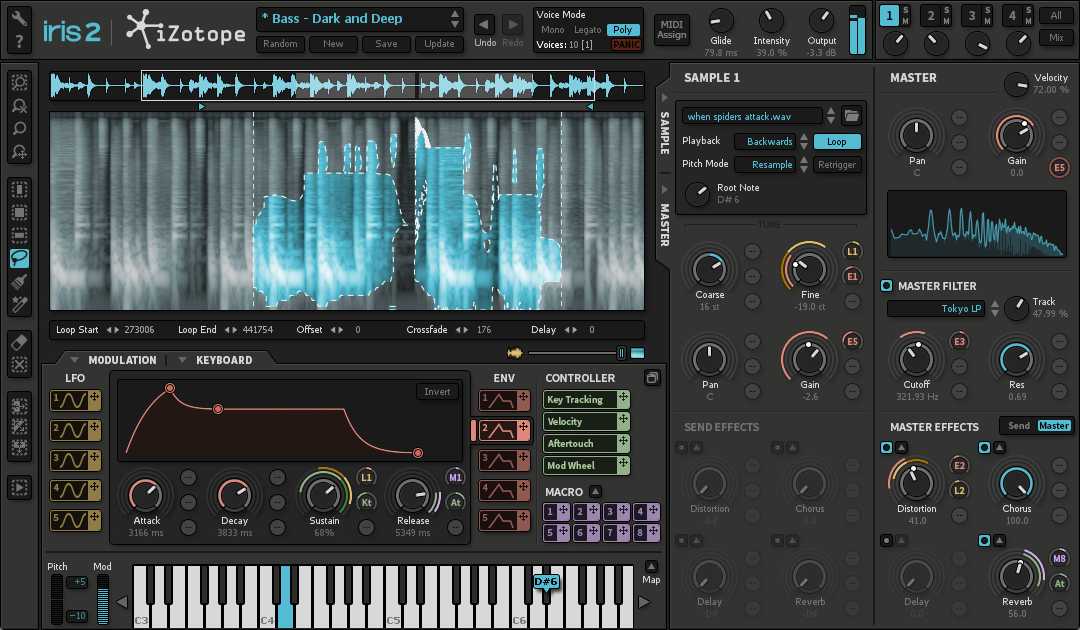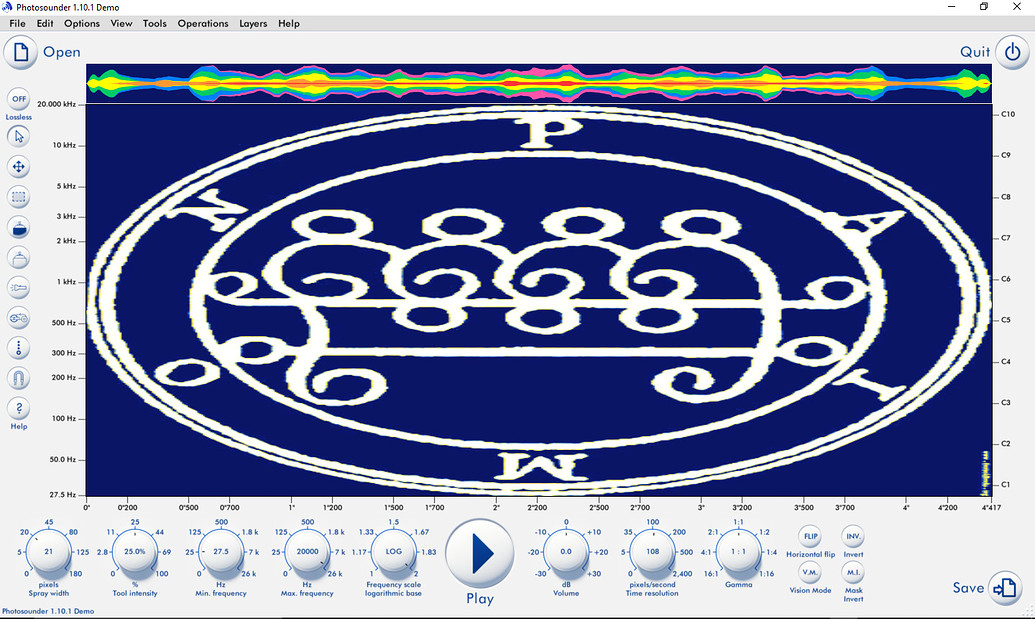

I as of now don't have much plans for it, so despite how important it might be to some people don't hold your breath, although I do have plans for a more advanced GUI (see below) which in its early stage may or may not be a satisfying basic GUI. We can easily imagine a game which would generate spectrograms and play them on-the-fly, or a multimedia player that would use the ARSS' functions to slow down or speed up sounds in real-time.īasic Graphical User Interface (done in Photosounder 1.0)Ī basic graphical front-end to do everything that can be done in command-line.


This would ease the creation of spin-off projects by third parties or even to be used as a sound library by a video game or multimedia application and thus allow advanced sound effects or synthesis in real-time.
#Programs like photosounder code
I have every reason to believe that this technique will allow us to represent every single feature that makes up a sound into an image, which will solve countless problems in the field of signal processing caused by the uncertainity principle.Ī modification to the ARSS that would allow it to process extremely long sounds without consuming excessive amounts of RAM in order to avoid wasting time on swapping or even running out of memory.Ī modification of the processing algorithms somewhat similar to the memory-limited operation mode which would allow the ARSS to process sound in real-time.Īdapting the ARSS' code into becoming a library so that its processing functions could simply be called from another program. Based on the same principle as the CMRA technique (see above), except using a Discrete Fractional Cosine Transform (or similar) to rotate the sound in the time-frequency plan and thus access to details out of reach from the CMRA technique, by improving tremendously the diagonal resolution. Would allow to edit a sound to a certain extent without any loss of quality in the result and thus provide new possibilities by allowing the use of new sound processing techniques with practically perfect quality results.Ĭombinatory Multi-Angle/Resolution AnalysisĪ more advanced super-resolution technique. Resynthesis mode based on an original sound and its user-modified spectrogram. Revamping noise synthesis and in the process making it a few times faster.įiltering mode (coming up in Photosounder 1.4)

Analyses the same sound many times with different settings and combines the spectrograms into one which would contain all the details previously available and attain a time-frequency resolution never reached before and mistakenly believed by some to be theoretically unattainable.įaster improved noise synthesis (done in Photosounder 1.0)
#Programs like photosounder free
However if there's a feature you would like to see on this list feel free to e-mail me about it.Ī super-resolution technique. Please note that this list is only there to give you a global idea of where this project is headed and doesn't list every feature that will be implemented. Priority ranges from 0 to 5, 5 being the highest priority.Ī delay of 0 means the feature is as of now being worked on, a delay of 1 means you can expect to see the feature in a couple of months, a delay of 5 means a 1 to 3 year delay, depending on the amount of prior research and work required, as well as the task's priority. Roadmap of the project's current and future developments (as of August 2008) The Analysis & Resynthesis Sound Spectrograph : Roadmap


 0 kommentar(er)
0 kommentar(er)
